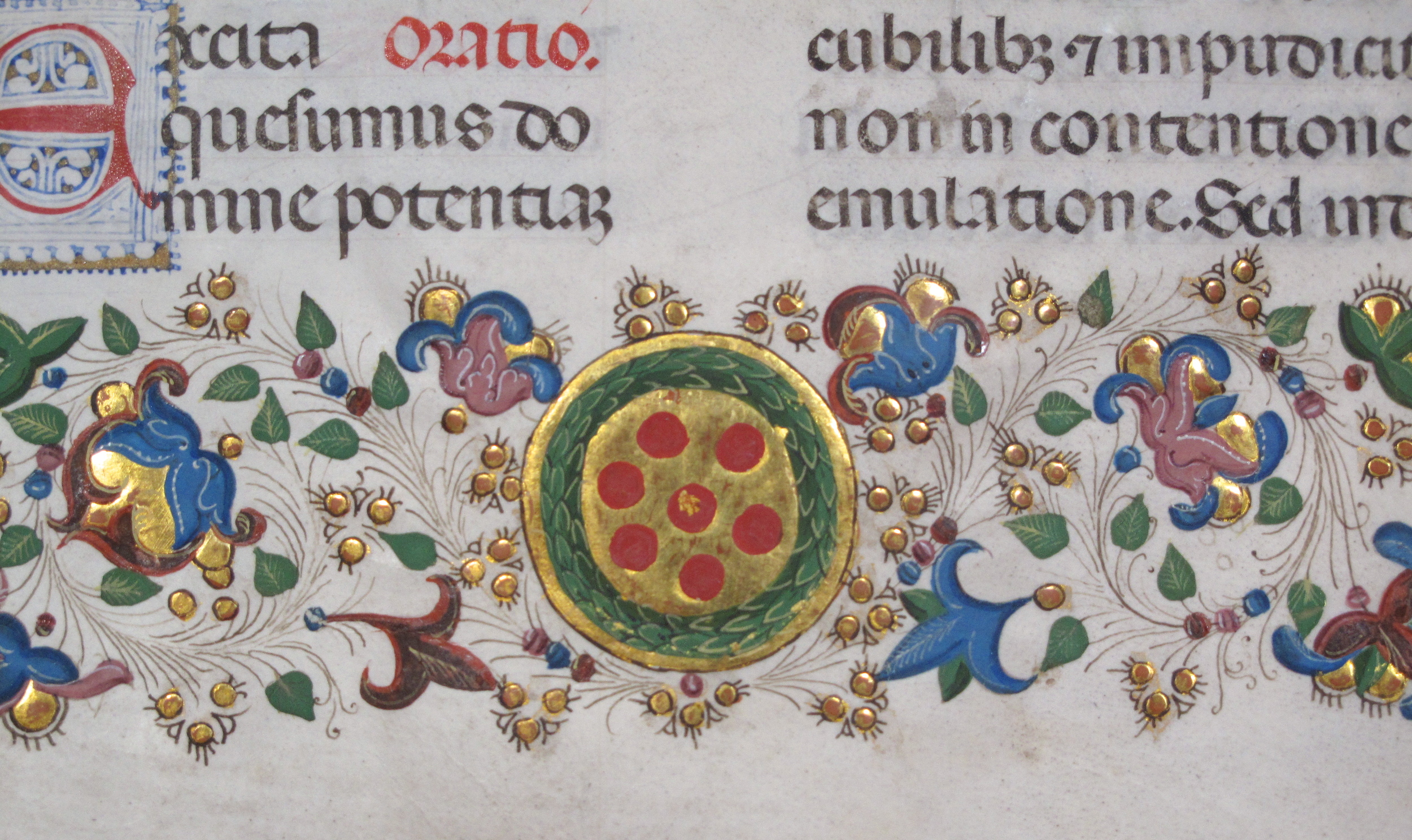HUMANIST PHILOSOPHY
&
INSPIRED INVENTION
“First I prepared a tube of lead, at the ends I fitted two glass lenses, both plane on one side while on the other side one was spherically convex and the other concave. Then placing my eye near the concave lens I perceived objects satisfactorily large and near, for they appeared three times closer and nine times larger than when seen with the naked eye alone. Next, I constructed another one, more accurate, which represented objects as enlarged more than sixty times. Finally, sparing neither labour nor expense, I succeeded in constructing for myself so excellent an instrument that objects seen by means of it appeared nearly one thousand times larger and over thirty times closer than when regarded with our natural vision.”
Florence during the Renaissance:
an inspired city.
While Galileo spent his time looking upwards and outwards, into our universe, other Florentine-based inventors were busy scribbling away in books lined with thick parchment, making notations about the nature of our own world, and everything that lives upon it. Take, for example, Leonardo Da Vinci, who would write about anything from the fading blue tones of light towards the horizon; to the inner workings of the human eye. Another inventor, Brunelleschi, worked tirelessly to create his vision of a domed church larger and more complex than any other structure in Europe. And then there were others - humanist philosophers, who copied and reworked the ancient texts of Greece and Rome, and the guilds and workshops composed of artists who worked miracles in marble and paint. The combined energies emerging in Renaissance Florence inspired them all, as if each artist and each philosopher were a note in a symphony of immense proportions that soared above all other music that had come before.
FLORENCE THROUGH A SPY-GLASS
I spy... A bridge on which medieval houses teeter precariously.
I spy...A covered market, and chocolate. And wine. And cheese. And cured meats. And all other kinds of earthly goodness.
I spy... Vespas and bike baskets full of fresh flowers.
I spy... A small cart selling lampredotto - spicy tripe sandwiches dripping with broth.
I spy... The most beautiful walls, every inch covered in frescoed detailing.
I spy... A Botticelli painting on a wall in a street where no-one will see it - covered by a pane of dirty glass. A treasure to be discovered by the few who may look closely.
I spy... A convent garden, and a museum of masterpieces so beatific that they make my heart melt.
I spy.. An angel, with gold dusted wings of multi-coloured hue, painted by the hand of one Fra Angelico.
I spy... Reams of thick creamy paper, some marbled with paints, and tied with red ribbon into scrolls, set beside shelves of coloured writing inks.
I spy... Relics of the old world - maps and globes detailing the world as they once saw it, complete with sea-monsters.
I spy... A museum of thin, fluted-glass thermometers and one domed pedestal holding a finger that belonged to Galileo himself. An odd thing to see, yes. Not something one wants to view after lunch.
I spy... An architectural marvel - a dome so large it seems impossible, weightless. And a view from the top that reveals all the gorgeous green of the lands beyond.
“If you could see the earth illuminated when you were in a place as dark as night, it would look to you more splendid than the moon.”


















